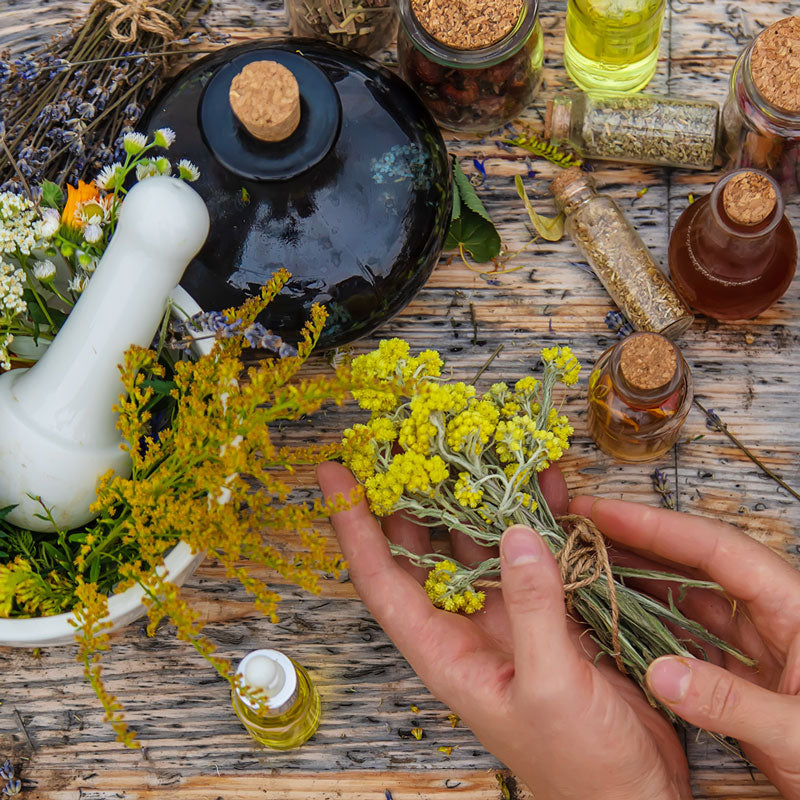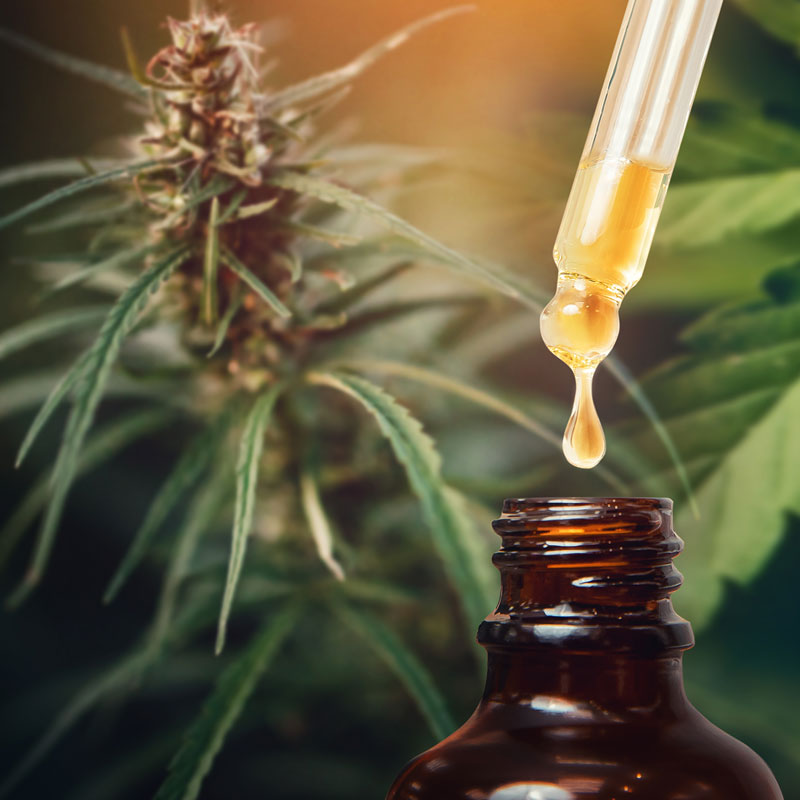Homemade Calendula Tincture and Extract Recipe using Food Grade Ethanol

Calendula is a bright and versatile flowering herb widely used in herbal preparations, skincare formulations, and culinary applications. Making a homemade calendula tincture allows you to extract and preserve its natural plant compounds in a convenient liquid form. This guide will walk you through the process of creating a high-quality tincture using 200 Proof Food Grade Ethanol for optimal purity and efficiency.
What is Calendula?
Calendula (Calendula officinalis), also known as pot marigold, is a member of the Asteraceae family. It is recognized for its bright orange and yellow flowers, which have been traditionally used in herbal infusions, culinary recipes, and botanical skincare.
Why Make a Calendula Tincture?
- Potent Extraction: A tincture allows for full extraction of calendula’s natural compounds.
- Long Shelf Life: Fresh calendula flowers have a limited lifespan, while an ethanol-based tincture remains stable for up to two years.
- Versatile Use: A liquid extract can be used in herbal blends, skincare formulations, and culinary applications.
Where Does Calendula Grow?
Calendula is not native to North America but is widely cultivated in California, Oregon, Washington, New York, and North Carolina. It thrives in full sun and well-drained soil, making it a popular herb among home gardeners and herbalists.
Sourcing and Selecting Quality Calendula
For the best tincture results, source organic, dried calendula flowers from reputable herbal suppliers, farmers’ markets, or your own garden. Look for vibrant orange or yellow petals with a fresh, floral aroma. Avoid calendula that appears faded, brittle, or has lost its scent, as this may indicate diminished potency.
Preparing Calendula for Tincture
- Ensure the flowers are clean and free from debris.
- Lightly crush or chop the flowers to increase surface area for better extraction.
Best Practices for Storing Your Calendula Tincture
Store your calendula tincture in a dark glass bottle away from heat and sunlight to maintain its quality. When properly stored, the tincture can remain effective for up to two years.
Ways to Use Calendula Tincture
Culinary Applications
- Herbal Teas: A few drops can be added to herbal infusions.
- Homemade Syrups: Blended with honey or citrus for a botanical syrup.
- Baked Goods: Infused into cookies, cakes, or other recipes for a floral note.
DIY Skincare & Herbal Preparations
- Natural Skincare: Added to facial mists, toners, or serums.
- Bath Blends: Mixed with water for a gentle botanical soak.
- DIY Room Sprays: Combined with distilled water for a fresh herbal mist.
Final Thoughts on Crafting a Calendula Tincture
Making a calendula tincture at home allows for a high-quality, concentrated botanical extract that can be used in culinary, herbal, and skincare applications. Using 200 Proof Food Grade Ethanol ensures a pure and effective extraction process.

Disclaimer: This content is for informational and educational purposes only. Consult a professional before using tinctures for any specific application. Individual reactions may vary.










